Porn is something that many people are reluctant to talk about. It makes us uncomfortable. Sometimes we don’t want to talk about it because it’s embarrassing. Or it’s embarrassing to our children. But, with the prevalence of porn and the ease with which kids can access it, these are conversations we must have in order to protect our children.
The statistics are sobering. Here are a few:
- Bark, a watchdog group founded to help kids stay safe on the Internet, stated in a November 2023 article that there are currently at least 4.5 million porn sites.
- Bark also claims that “62.4% of tweens and 82.2% of teens encountered nudity or content of a sexual nature online.”
- As of May 2024, four porn sites placed in the top 25 Internet sites accessed around the world. Pornhub ranked at 17.
- According to Fight the New Drug, a website created to help people see the dangers of porn, Pornhub recorded that users watched 5,824,699,200 hours of porn in 2019.
- Fight the New Drug also found that every minute, 11,082 hours of porn are being watched. That equates to 15,958,080 hours of pornographic videos watched every day.
- In its 2023 Year in Review report, Pornhub reported that “the average time spent on Pornhub increased by 15 whole seconds, making the average visit duration 10 minutes and 9 seconds.”
There’s no denying that porn is easy to find. There’s no denying that people are watching. And there’s no denying its dangers.
It’s not difficult to see how easily accessible porn is for children and teens. If kids don’t go looking for it, it often comes to them. Internet pop-ups and spam emails are just two ways that unsuspecting kids can stumble upon pornographic images. And a mistype on an Internet search can be the difference between an innocent site and one laden with porn.
Porn affects children of all ages. A 2023 Common Sense report found that “most teens (73%) reported that they have consumed pornography. Many of these respondents (41%) reported having seen pornography during the school day, including roughly one in three (31%) who said they had viewed pornography while attending school in person.”
The report went on to say that “among all teens who participated in the survey, most (54%) reported that they first saw online pornography when they were 13 or younger, including 15% who reported they had seen pornography before they turned 11.”
Those are disturbing percentages. And they are ones we cannot turn a blind eye to.
Neuroplasticity
Neuroplasticity is the process by which a brain creates new neural networks. It does this by reorganizing itself on a consistent basis.
According to Psychology Today:
Between the ages of 12 and 20, the human brain undergoes a period of great neuroplasticity. The brain is in a malleable phase during which billions of new synaptic connections are made. This leaves us vulnerable to the influence of our surroundings and leads our brains to be “wired” around the experiences and information that we receive during that time period.
A brain, especially the growing brain of an adolescent, is constantly attempting to improve its performance. This means that any experiences our children face will shape them and help develop both their social and moral character. When children repeatedly watch porn, they begin to see the world differently.
You have undoubtedly heard misinformed people say that there’s “nothing wrong” with porn or that it could even be a healthy expression of a person’s sexuality. While some may believe this, research and science have proven otherwise.
What does porn do to a malleable brain?
The National Center for Sexual Exploitation explains that porn changes the brain in three ways:
- The heavier users had less grey matter.
- Users had a weaker brain response when shown sexual pictures.
- The brain circuitry between the prefrontal cortex (the decision-making part of the brain) and the reward system was reduced.
It concluded: 1)“Even moderate pornography use may decrease the ability to make good decisions and feel pleasure normally.” And 2) “Regardless of where they start, porn users may eventually feel the need to seek more extreme, perhaps abusive or illegal, content as a result of brain changes that numb their pleasure response.”
A Nashville mental health facility that helps people overcome porn (and other) addictions, explains that the dopamine released in the brain when it sees something pleasurable—such as porn—leads to the desire to repeatedly seek this pleasurable thing. But when this perceived pleasurable action is undertaken repeatedly, “you easily remember it and want to keep doing it again. Consequently however, you have to do even more of the activity that gave you the initial pleasurable feelings to achieve the same previous effect.” It continues:
Over time, porn and dopamine don’t mix well when you start looking at porn regularly, as the activity can generate too much dopamine, causing your dopamine receptors to shut down. That means the feel-good vibes you got early on don’t come as easy, so you need to look at more porn. And then some more. And then even more hardcore porn to get the same dopamine hit—and achieve that same level of pleasure.
It explains that porn addiction can lead to mental health problems like anxiety and depression. It can cause the person to miss out on meaningful activities with friends and family. It can lead to sexual dissatisfaction and even erectile dysfunction or disinterest in people in real life. This of course, can all lead to relationship problems. Porn can also lead to the belief that violence is normal or acceptable.
In other words, porn affects nearly all aspects of personality development. It affects current and future relationships. It affects body image. And it destroys a child’s innocence.
Furthermore, pornography paints an unrealistic picture of sexuality. Repeated watching of pornography will cause children (and adults) to believe that what they see on TV or on the Internet is normal. They’ll come to believe that it’s acceptable to have sex whenever they want and with whomever they want. They begin to shirk the idea of a relationship. Porn teaches kids that sex can be detached from a relationship, from any meaning, from responsibility, and from intimacy. It teaches that sex is something where two people use each other for fun rather than as an expression of love.
Indeed, a recent BYU study found that “pornography use by men or women at any level negatively impacted romantic relationship—with a pronounced negative impact on relationship stability.”
The Catholic Education Resource Center explains:
The psychiatrist Norman Doidge, in The Brain That Changes Itself, was one of the first to report that persistent pornography use was associated with male sexual problems such as erectile dysfunction and loss of attraction to real partners. After men are exposed to pornography, they rate themselves as less in love with their partner and are more critical of their partner’s appearance and sexual performance. Men who consume porn are more likely to believe rape myth ideology (that women cause or enjoy sexual assault).
And though the men and women starring in pornographic films have surgically enhanced bodies, many kids are not aware of this. They begin to think that this is how people look and act. A 2016 survey in the UK found that, “despite the fact that porn can be wildly unrealistic and often glorifies violence, sexism, or racism . . . over half of boys (53%) and over a third of girls (39%) reported believing that pornography was a realistic depiction of sex.”
Kids watching porn come to believe that what they see on the screen is reality. They think that’s how others should look. And they think that is how they themselves should look. Kids start to feel shame and embarrassment for any blemish, any extra ounce of fat, or any imperfection on their own bodies.
Pornography often depicts women enjoying degrading sexual encounters. When boys repeatedly watch this, they become desensitized to the violence. They may even actually come to believe that women want to be raped and abused. A recent study found that “exposure to pornography results in a hyper-sexual view of the world. The subjects tended to have a high rate of devaluing marriage; they are twice as likely to believe that marriage is unimportant.”
And it’s not just real-life porn that depicts violence. Porn comes in animated form too. An example of this is “hentai” porn (hentai is Japanese for perverse sexual desire). This animated porn contains giant bugs with tentacles, monsters, and animated women who are a mix of women and young girls. According to Fight the New Drug, “It is common for monsters, animals, giant insects, and plants to rape cartoon women.”
Those who watch this type of porn may justify it because it’s animated. Many even think it’s funny. They claim it’s not as bad as watching real porn since it’s make-believe. But we know this is a lie.

Infographic courtesy of the Family and Youth Institute
Further Dangers of Porn
In addition to this skewed worldview and desensitization, children put themselves at risk for unwanted sexual solicitation when they visit sites offering pornography.
Sexting is another danger our kids face. Sexting involves the sending of explicit photos via text. Healthy Children reports that: “A 2021 study on sexting among youth found these statistics: 19.3% had sent a sext, 34.8% had received a sext, 14.5% had forwarded a sext without consent, females receive more sexts than males.”
These statistics are truly scary. When we allow our children to surf the Internet, we are opening a whole new world to them. Kids may think this is fun. Maybe they feel peer pressure to do this. But they often forget that once they send a picture, it’s gone forever. Anyone has access to it; anyone can screenshot it; anyone can keep it and continue to send it.
This can result in great embarrassment and damaged reputations. It can even have far-reaching consequences, as it can affect scholarships, college applications, and job opportunities. And it can result in child pornography charges.
Signs That Your Child May Be Watching Porn
So how do you know if your child is watching porn? There are several warning signs.
It’s important to watch for changes in your child’s behavior. Has he suddenly lost interest in spending time with friends? Does she spend more time than usual in her room? Has he become moody or depressed?
You may notice your child being more secretive than normal, especially when it comes to phone or computer usage. He may spend more time in the bathroom where he feels safe behind a locked door. He may quickly change web pages when you walk up behind him.
In addition, you may notice that your child now seems to know more about sex. He may use inappropriate terms. He may even begin to draw graphic pictures.
If you suspect that your child is watching porn, check his browser history. Though most kids have learned how to clear the history, many clear the whole history rather than just the porn site. You can tell if the history has recently been cleared. If you notice that everything is often cleared, you might want to question your child.
Some software will allow you to see recently deleted browsing history. And there are filters you can install on computers that will block certain sites. Net Nanny, Bark, Canopy, and OurPact are all highly rated parental control apps that will allow you to block certain content from your child’s computer and phone. Consider installing one of these to ensure your child’s Internet safety.
How Do I Talk to My Child?
When you determine that your child is old enough to talk to about sexuality, also discuss with them the fact that porn exists. Define it in age-appropriate terms and explain the difference between a healthy relationship and an unhealthy one. Talk about God’s plan for our bodies and how our bodies are gifts to each other. In this video, Ascension offers advice for what to say to kids. Those Catholic Men offers important points for a man to include in a conversation with his son. And Practical Purity has lots of resources for parents to use at different stages of development—from dating, to porn, to love, to STDs.
The Catholic Education Resource Center explains the importance of talking to children from a faith perspective. It encourages parents to teach their children that
sex is the beautiful gift of a good God. Pornography is an abuse of that sacred gift. From a Christian view, it violates the purity God expects of us (“I will set no wicked thing before my eyes,” Psalm 101:3; “If your right eye causes you to sin, gouge it out,” Matthew 5:29). Pornography is contrary to the two purposes of God’s gift of sex: to express the committed love between a husband and wife and to bring children into the world.
CERC also teaches kids to have a “CAN DO” attitude if a friend shows them porn. Kids should:
- Close my eyes.
- Always tell a trusted adult.
- Name it when I see it.
- Distract myself.
- Order my thinking brain to be the boss!
If you believe that your child is viewing porn, talk with him calmly. Do not attack him. Remind your child that you love him and want what’s best for him. Offer your support and understanding. Encourage him to ask questions. Help your child explore healthy ways of meeting any emotional needs.
Oftentimes kids will feel a huge sense of relief to talk about it (after the initial awkwardness). If they know you are there to help and not punish, they will be more likely to open up. Do not shame or belittle your child. This will only work to push him further away. You want your child to trust you, so you must facilitate that trust.
If you feel that the problem is too big for you to handle, seek professional help. You and your children can find help at My Catholic Doctor, The Journey Course, the Begin Again Institute, and many individual parishes will have programs or groups for both adults and kids.
Concluding Thoughts
Our bodies were fearfully and wonderfully made by God in His image and likeness. He gave us our sexuality as a gift. This is a gift we should not give to just anyone. If we do not explain this to our children, no one will. They will become swallowed up by a society that cares more about pleasure than about our children’s souls.
HLI’s Fr. Boquet has called us to take action against porn sites: “Shut down every . . . site that peddles such hateful products and that profits from the degradation of women (and men), the addiction of children, and the debasement of our public discourse. Freedom demands it.”
True freedom does not involve being shackled to a porn site. True freedom does not involve violence. It does not involve the abuse of the human body. Freedom comes when you break the chains of addiction.
Porn sites do nothing but harm the men, women, and children who watch. That is why, as parents, we must set a good example. We must be vigilant. And we must communicate frequently with our children about the dangers they face today. Our children’s souls are our responsibility.
This article was originally published in April 2021 and was most recently updated in June 2024 by Susan Ciancio.
Susan Ciancio has a BA in psychology and a BA in sociology from the University of Notre Dame, with an MA in liberal studies from Indiana University. Since 2003, she has worked as a professional editor and writer, editing both fiction and nonfiction books, magazine articles, blogs, educational lessons, professional materials, and website content. Fourteen of those years have been in the pro-life sector. Currently Susan writes weekly for HLI, edits for American Life League, and is the editor of its Celebrate Life Magazine. She also serves as executive editor for the Culture of Life Studies Program, an educational nonprofit program for k-12 students.


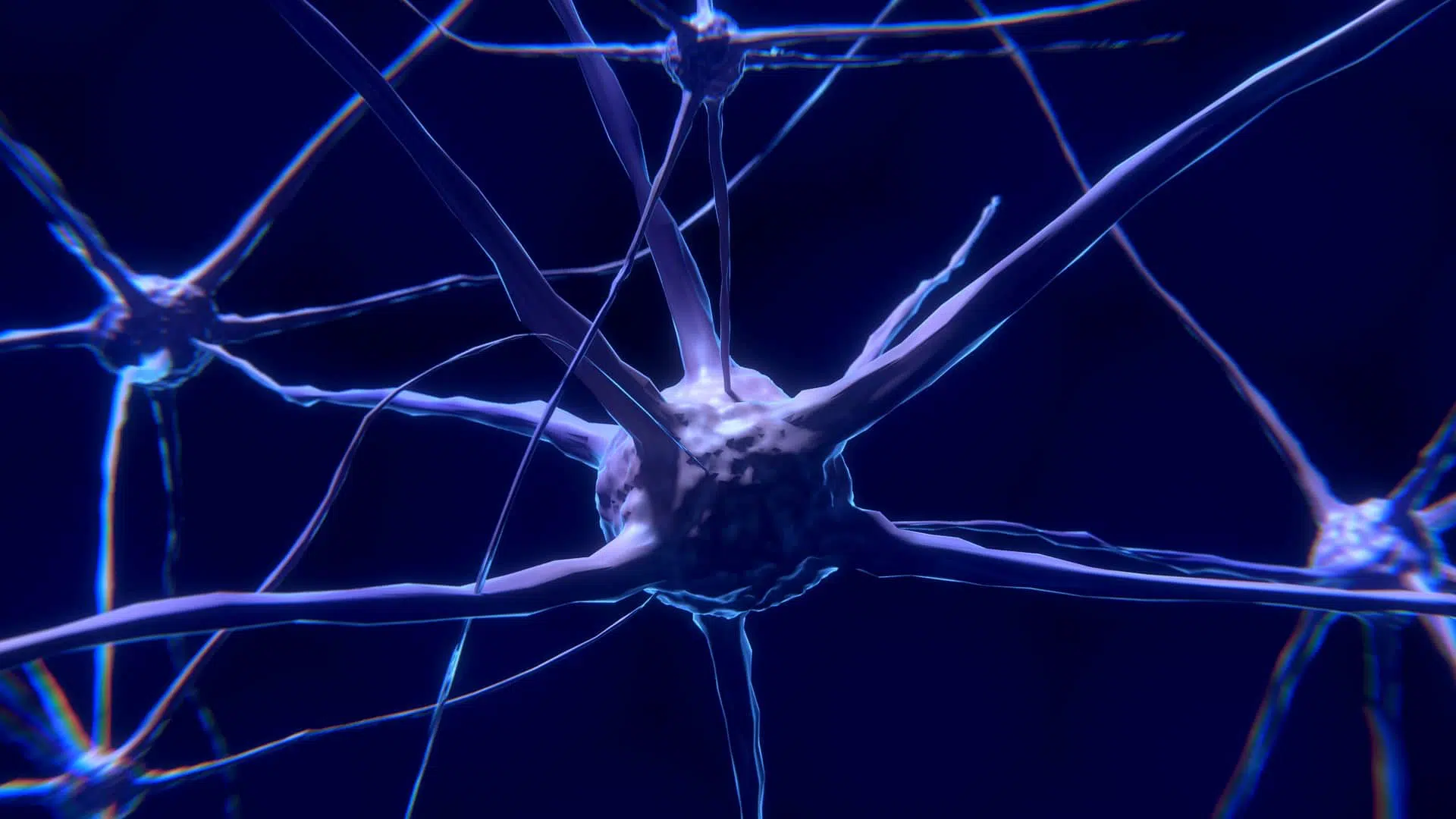
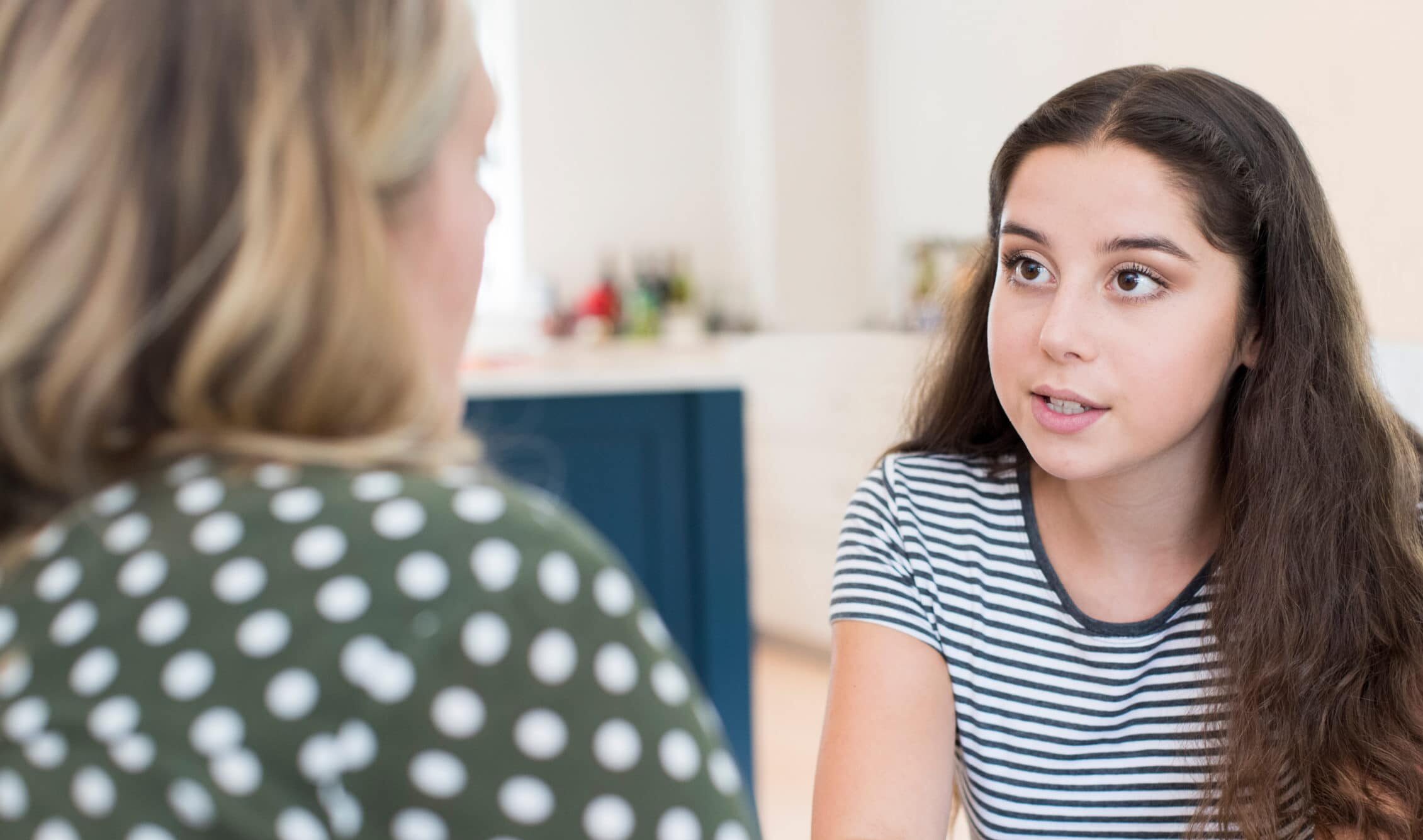
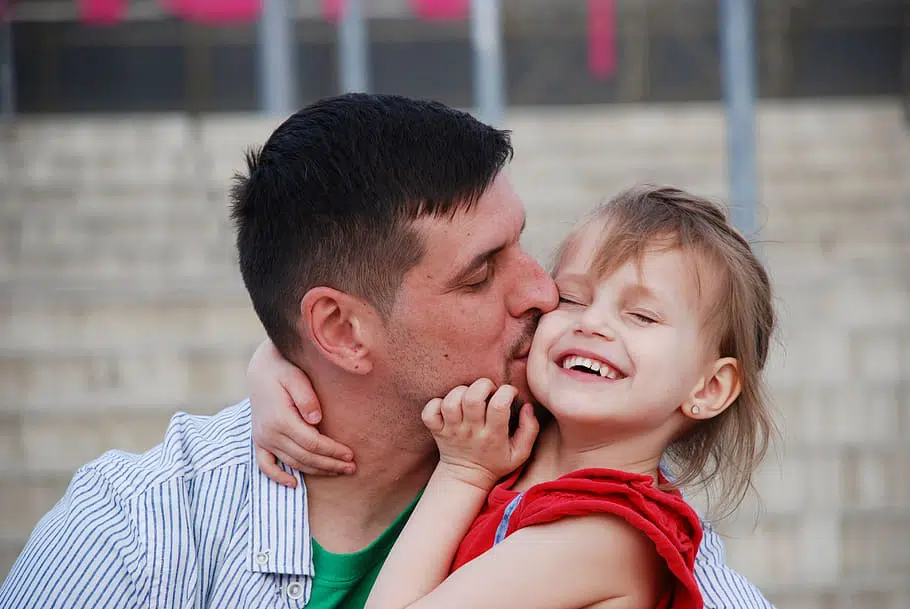
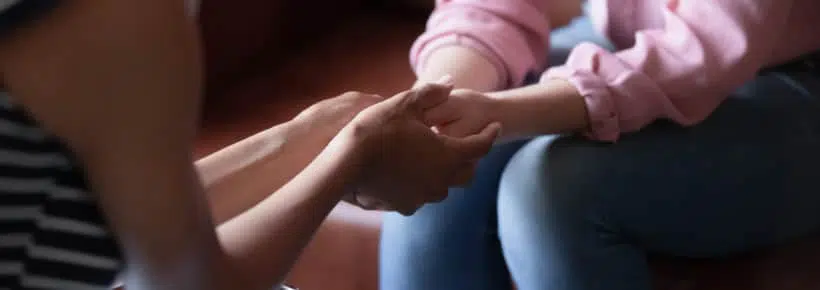
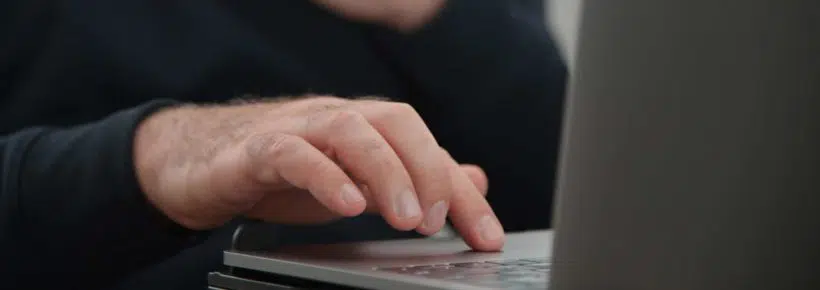

This is extremely transphobic as you said “70% males and 30% females” as you are saying there are only 2 genders and you are assuming peoples genders
The biological fact is that there are only two sexes: male and female. “Gender” is a social construct that can mean anything someone wants it to mean – so it’s actually meaningless. And transgenderism encourages people to think in terms of sexual stereotypes instead of seeing people as individuals. For instance, the fact that a girl prefers playing sports to playing with dolls doesn’t make her a boy – it makes her a girl who likes sports!
Thank you for sharing. You have raised very pertinent concerns. It calls for parents to be vigilant and keen observers of children of whatever age who are exposed to uncensored internet use.
This is another global addiction that is going to escalate as our children continue to go online. It’s becoming increasingly difficult to draw boundaries between positive use of internet to study online and deviating to porn sites because of the prompts.
I totally agree that it’s time parents adapted unconditioal positive regard by empathizing with their children instead of being confrontational.
Thank you for the article. Porn industry is being utilized by sexual revolutionists to pervert the society. We are called to publicize the evil intentions their spear head. Am pleased to see such an article, hope it reaches a great population.
The tremendous weakness of humanity is sinful curiosity. For example, I just want to see what this site is all about or I don’t want to stay on this site a long time but just take a glimpse of what they are doing or just a quick peek at this site will not hurt anybody. Just a quick look leaves an impure image that will stay imprinted on our brains for a long time, maybe forever.
We live in a scary world! Thank you for this informative article. We have to work hard to take care of our children and to keep them out of the clutches of life’s evils.